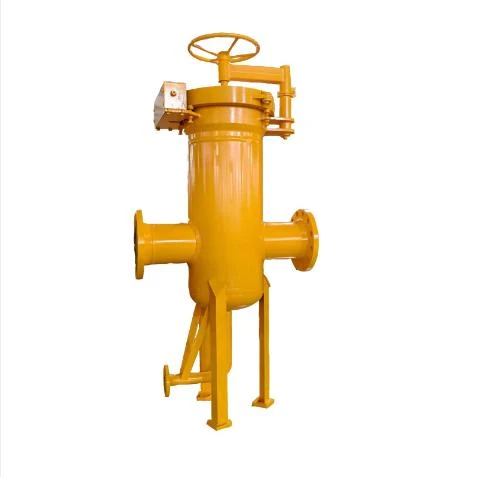
Nov . 20, 2024 16:05
Back to list
محطة توزيع الغاز الطبيعي
Natural Gas Distribution Stations An Overview
Natural gas has emerged as a crucial component of the global energy landscape, primarily due to its efficiency, lower carbon emissions compared to other fossil fuels, and its versatility in various applications. Natural gas distribution stations play a vital role in the entire supply chain, ensuring that this valuable resource reaches homes, businesses, and industries safely and efficiently. This article delves into the significance, functionality, and challenges faced by natural gas distribution stations.
Importance of Natural Gas Distribution Stations
Natural gas distribution stations serve as the critical link between large-scale gas production facilities and end-users. Once gas is extracted from underground reservoirs, it must be processed, transported, and distributed in a manageable form. Distribution stations facilitate this process, making it possible to deliver natural gas directly to consumers through a network of pipelines. They help ensure that gas is available for various uses, including heating, cooking, electricity generation, and as a raw material in industrial processes.
Furthermore, these stations are pivotal in enhancing energy security. By diversifying energy sources and ensuring a steady supply of natural gas, they contribute to reducing dependency on a single energy source, which is especially important in light of global energy crises and geopolitical tensions.
Functionality of Distribution Stations
.
1. Pressure Regulation Natural gas is transported at high pressures through transmission pipelines. Before distribution, it must be converted to lower pressures suitable for residential and commercial use. Pressure regulators at distribution stations manage this crucial transformation, ensuring that the gas is delivered at a consistent and safe pressure.
محطة توزيع الغاز الطبيعي

2. Odorization Although natural gas is odorless in its natural state, a distinct odor (usually a sulfur-like smell) is added for safety reasons. This odorization process occurs at distribution stations, making it easier for users to detect gas leaks, which could pose safety risks.
3. Metering Accurate measurement of the gas flow is essential for billing purposes and managing consumption. Distribution stations are equipped with metering devices that quantify the volume of gas delivered to various consumers.
Challenges Faced by Distribution Stations
Despite the critical role they play, natural gas distribution stations face several challenges. One significant concern is the aging infrastructure. Many distribution networks, particularly in developed nations, are decades old and require substantial investment for maintenance and upgrades. Aging pipelines can lead to leaks and bursts, posing safety hazards and environmental risks.
Moreover, with the increasing emphasis on renewable energy sources and sustainability, natural gas distribution stations must adapt to changing energy landscapes. The integration of renewable gases, such as biogas or hydrogen, into existing systems presents both an opportunity and a technical challenge for distribution operators. They must ensure that their infrastructure can handle these new types of gases without compromising safety and efficiency.
Additionally, regulatory changes and public policy are influencing how natural gas is utilized and distributed. As governments aim to meet climate targets, they may impose stricter regulations on emissions from fossil fuel usage, including natural gas. Distribution companies must navigate this evolving regulatory environment while ensuring that they provide reliable and affordable service to their customers.
Conclusion
Natural gas distribution stations are indispensable to the modern energy industry, facilitating the safe and efficient delivery of natural gas to consumers across various sectors. As the world transitions to cleaner energy sources, these stations will play a crucial role in ensuring a balanced and reliable energy supply. By addressing infrastructure challenges and adapting to new technologies and regulatory pressures, natural gas distribution stations can continue to contribute to a sustainable energy future. The evolution of these facilities will be vital in shaping the way we utilize energy in the years to come.
Next:
Latest news
-
Safety Valve Spring-Loaded Design Overpressure ProtectionNewsJul.25,2025
-
Precision Voltage Regulator AC5 Accuracy Grade PerformanceNewsJul.25,2025
-
Natural Gas Pressure Regulating Skid Industrial Pipeline ApplicationsNewsJul.25,2025
-
Natural Gas Filter Stainless Steel Mesh Element DesignNewsJul.25,2025
-
Gas Pressure Regulator Valve Direct-Acting Spring-Loaded DesignNewsJul.25,2025
-
Decompression Equipment Multi-Stage Heat Exchange System DesignNewsJul.25,2025

